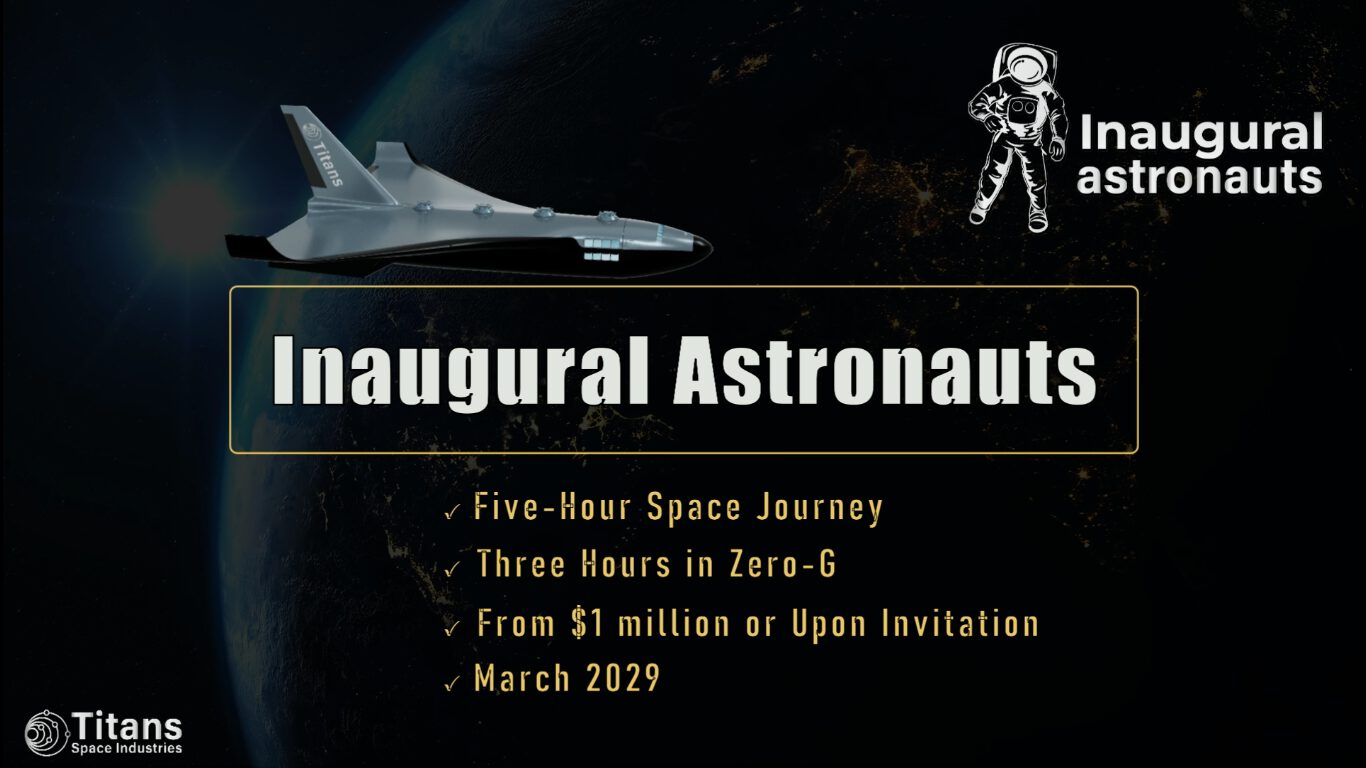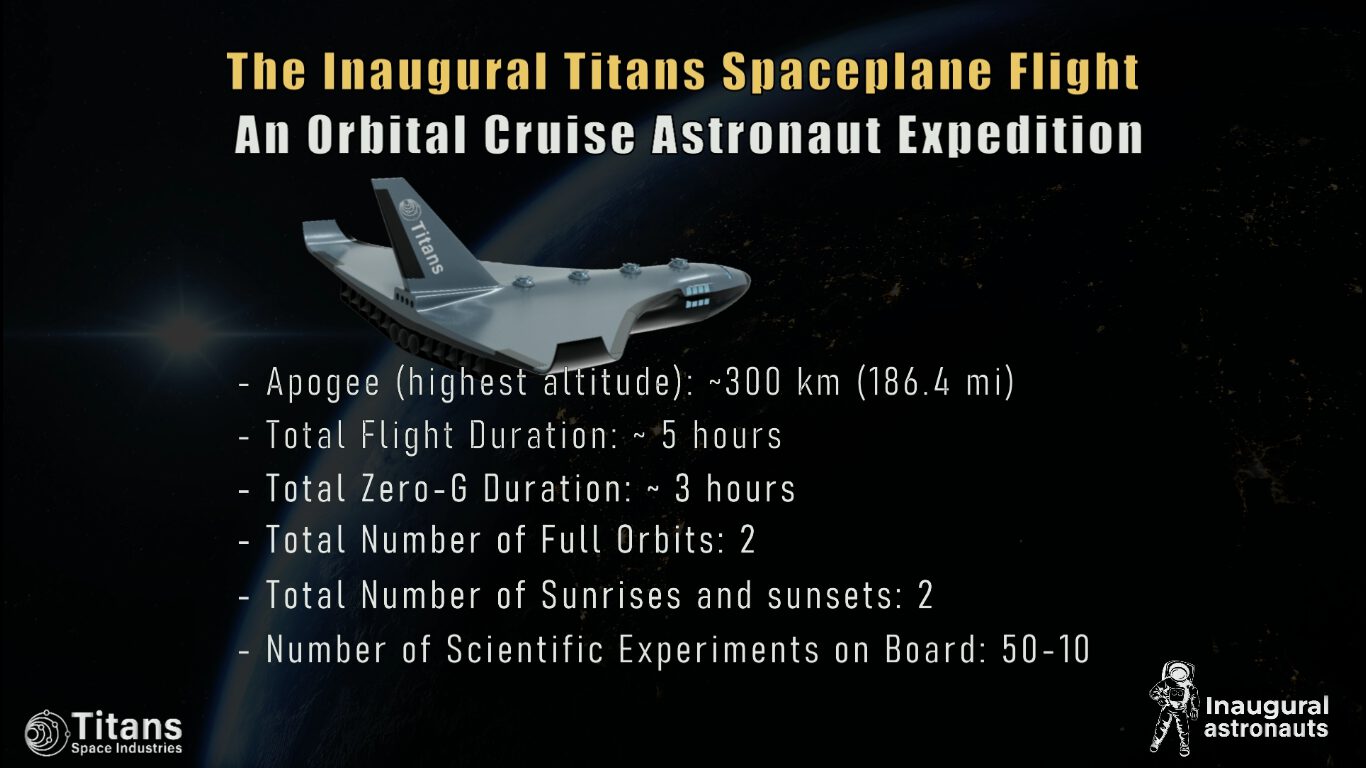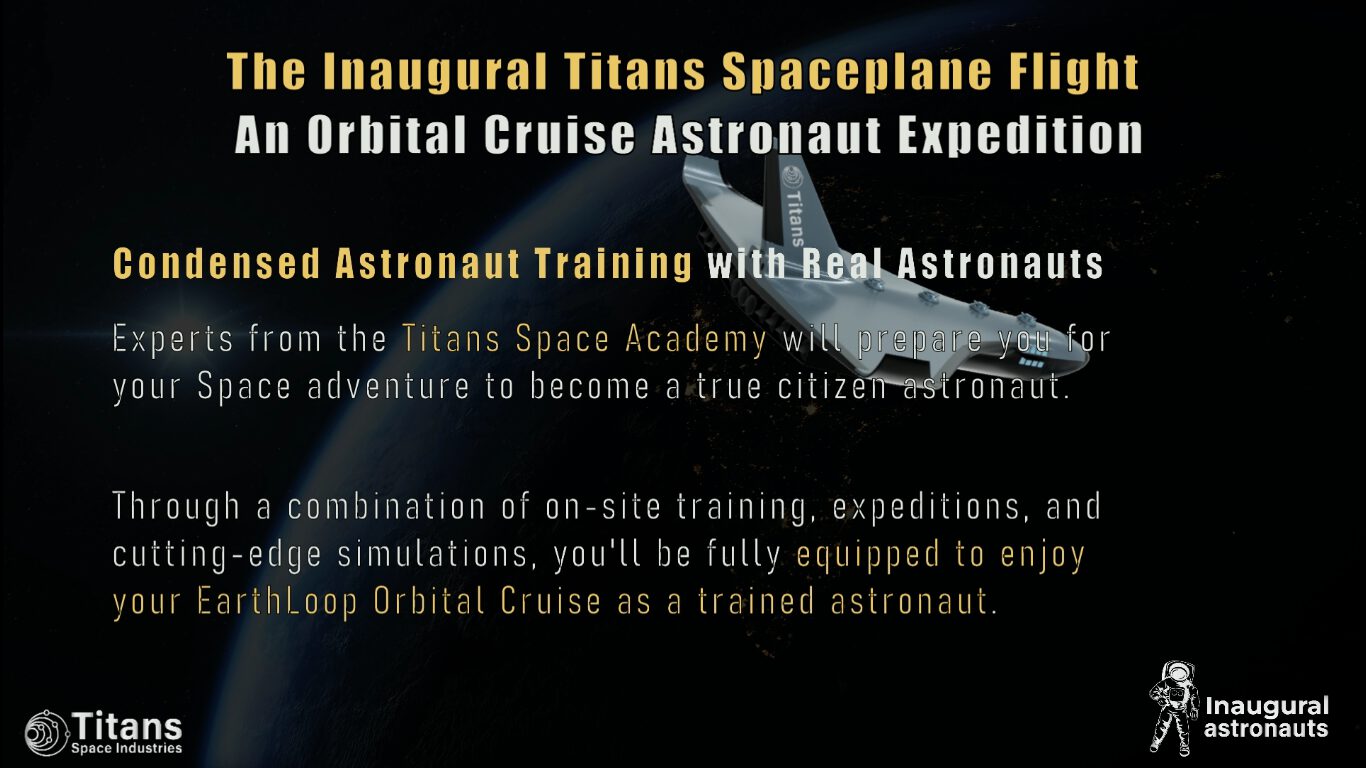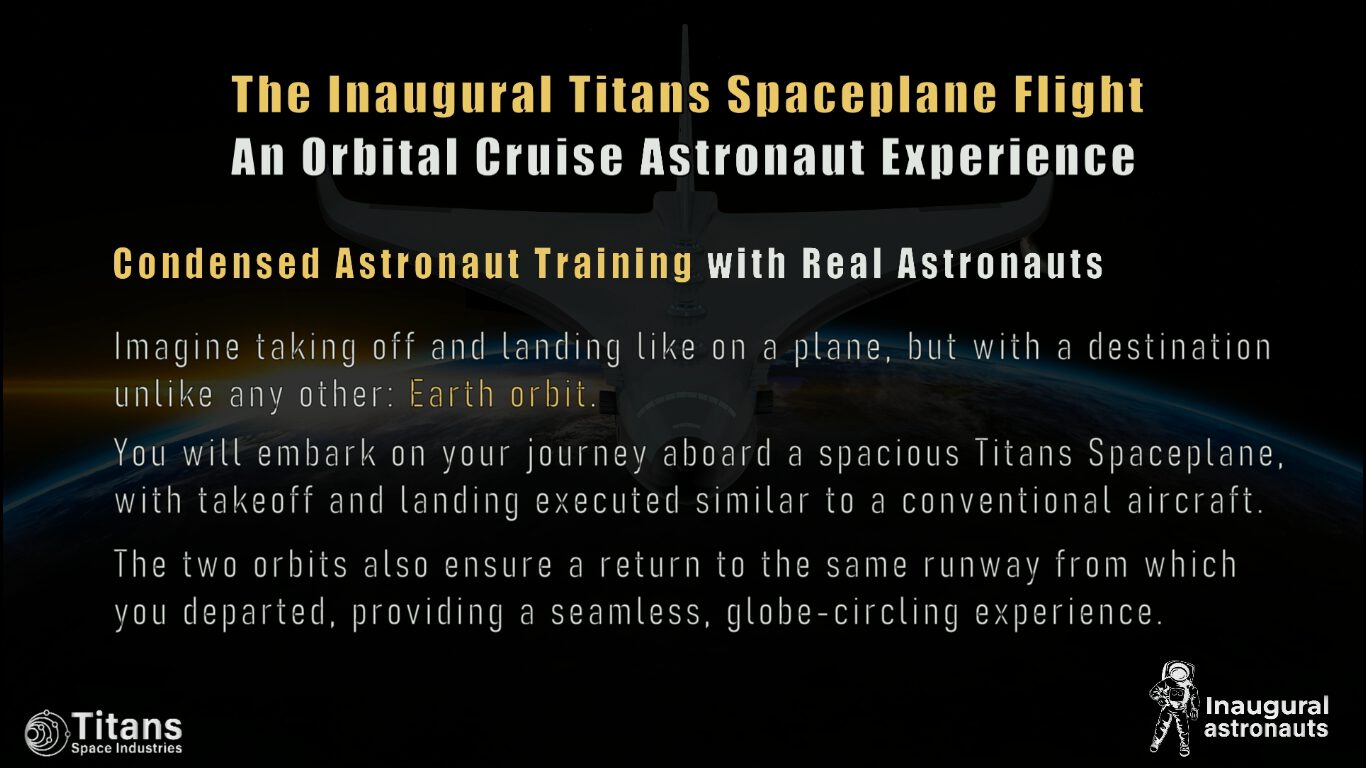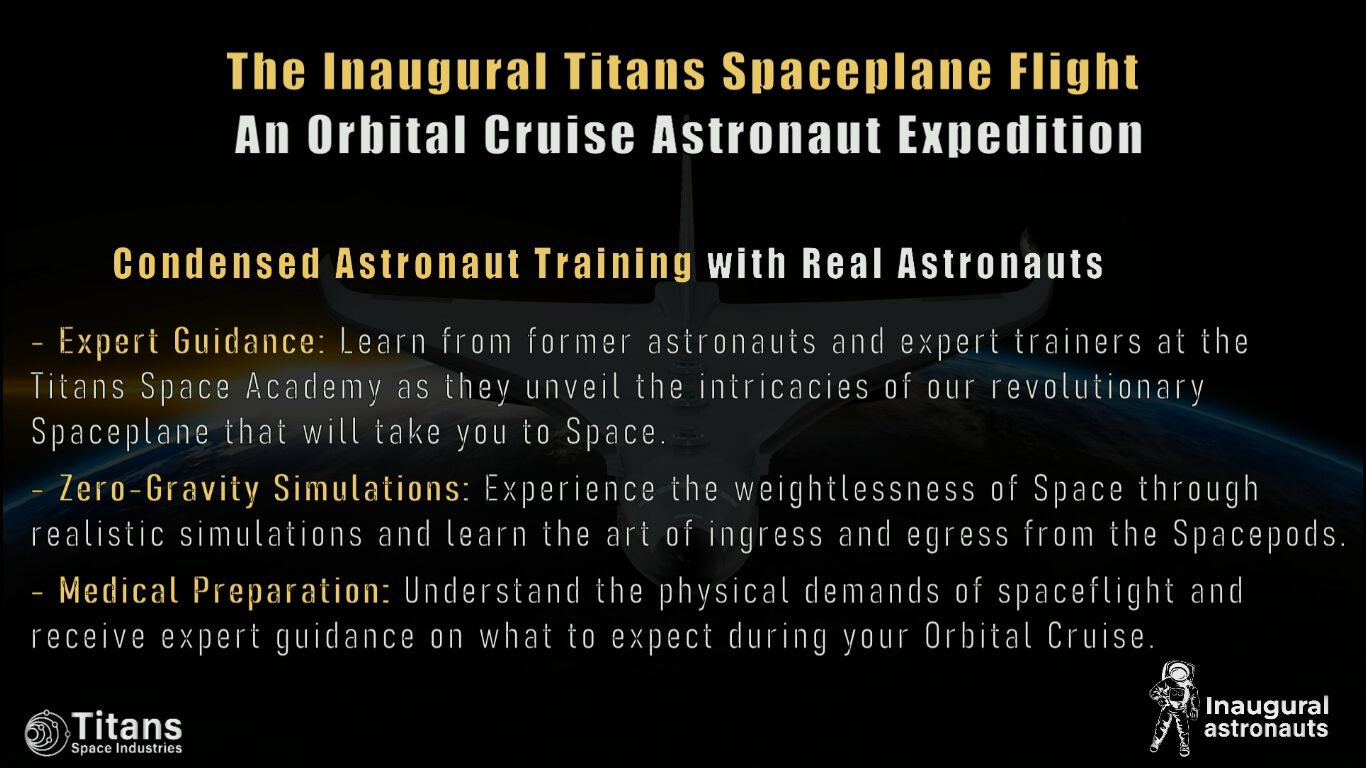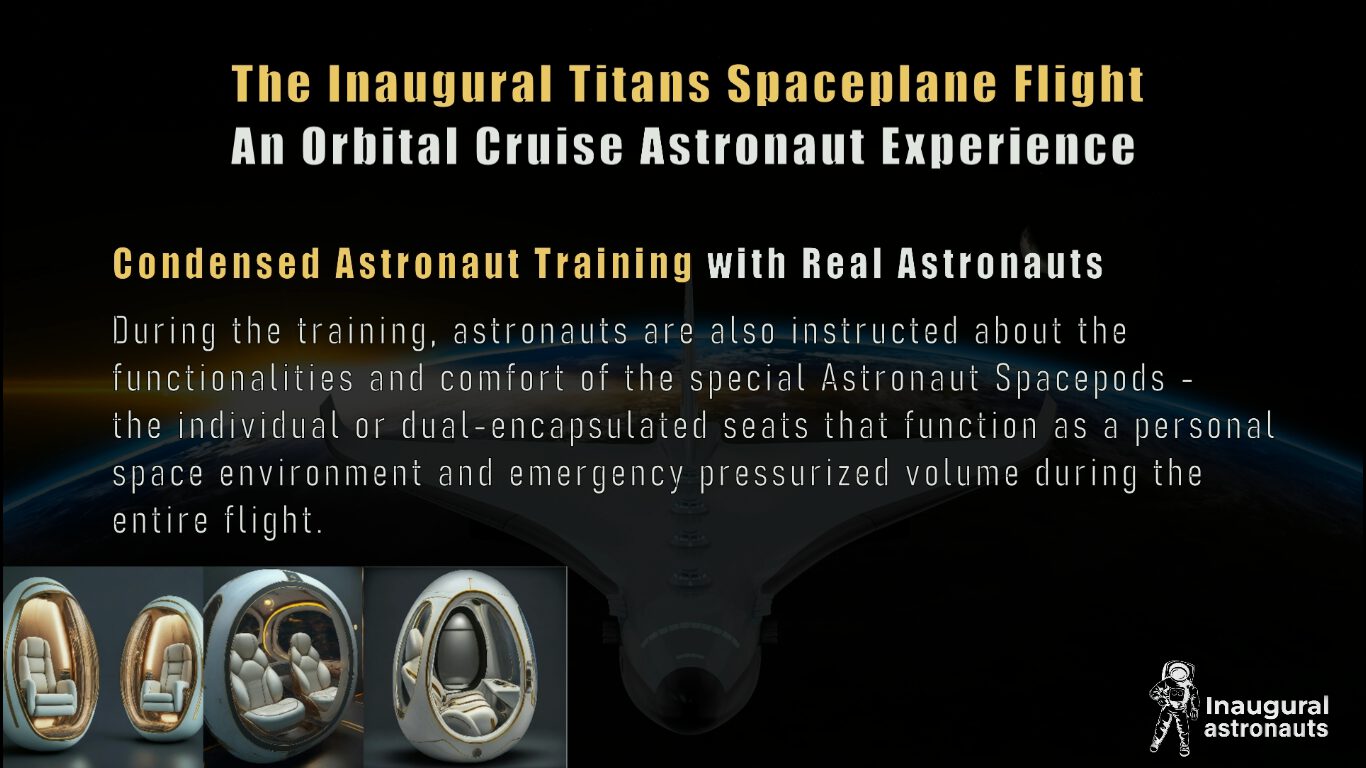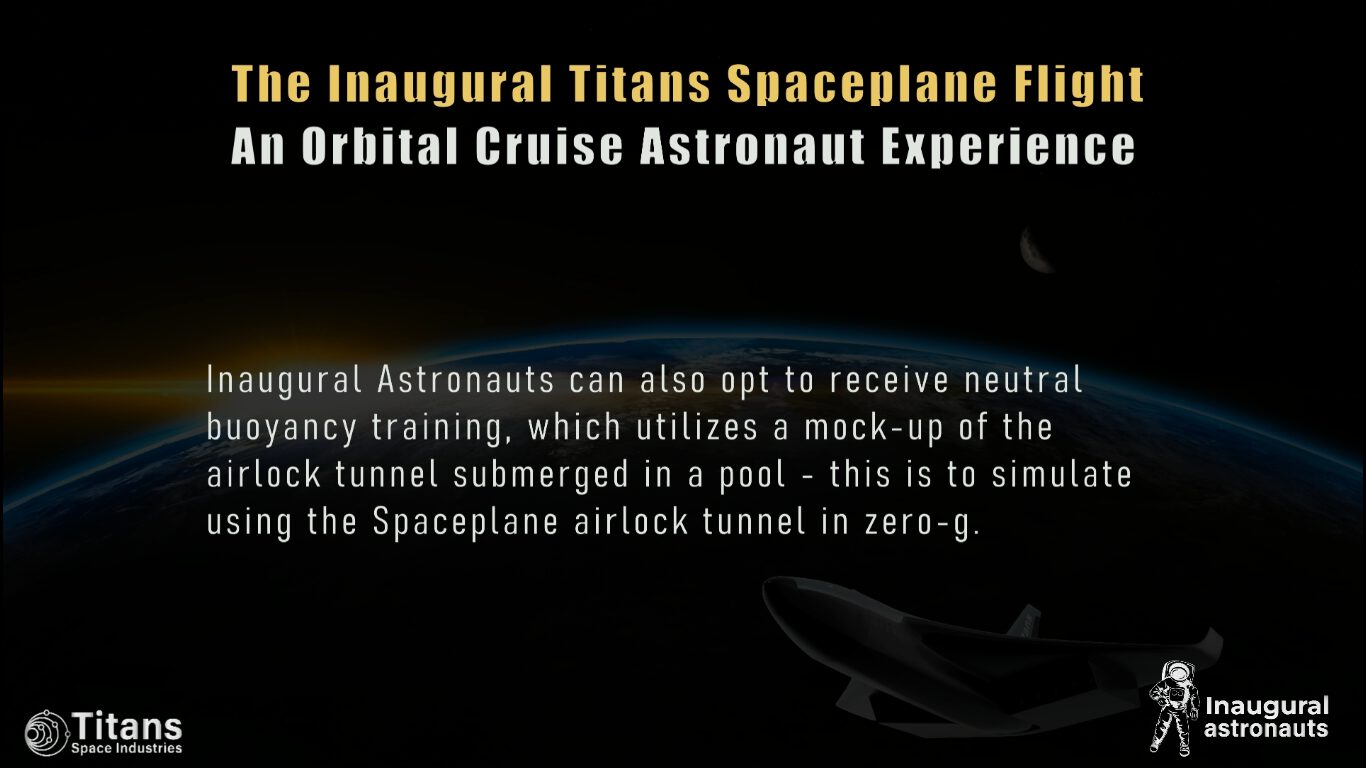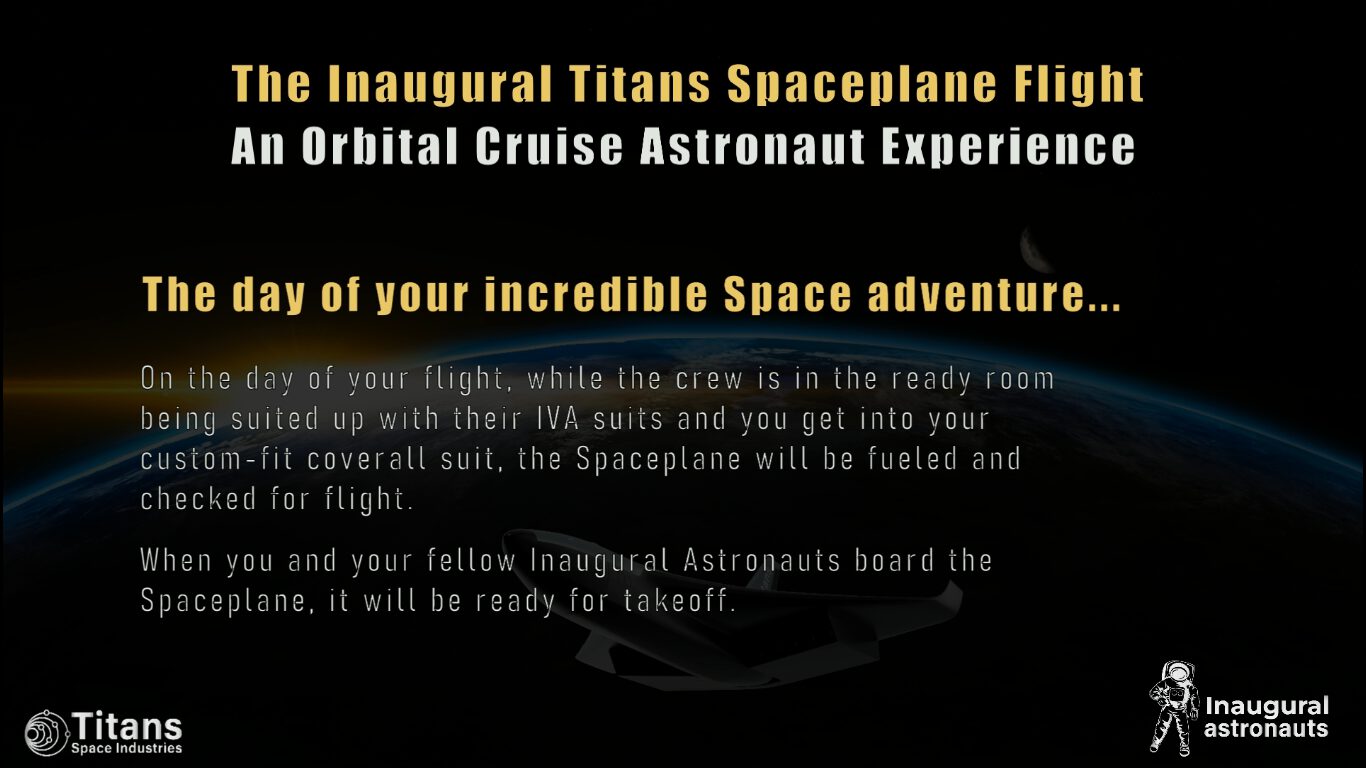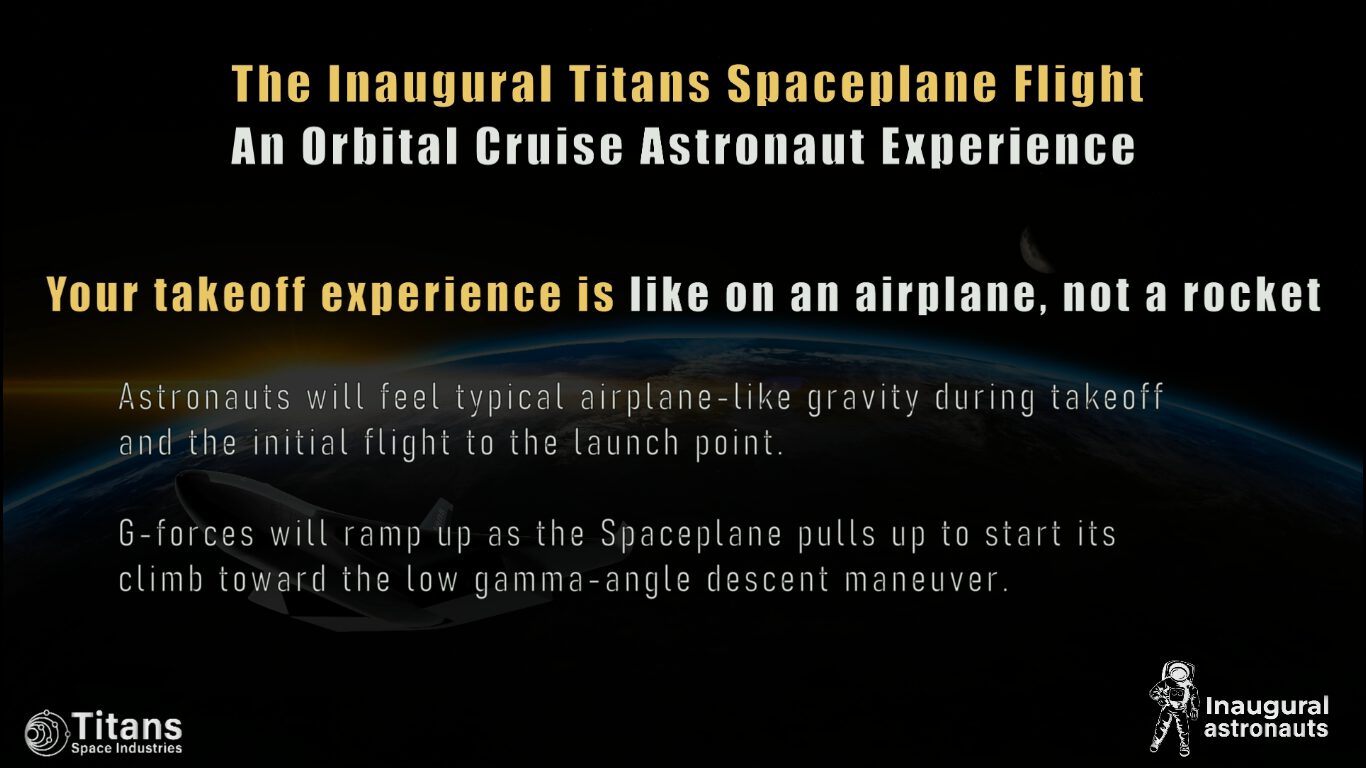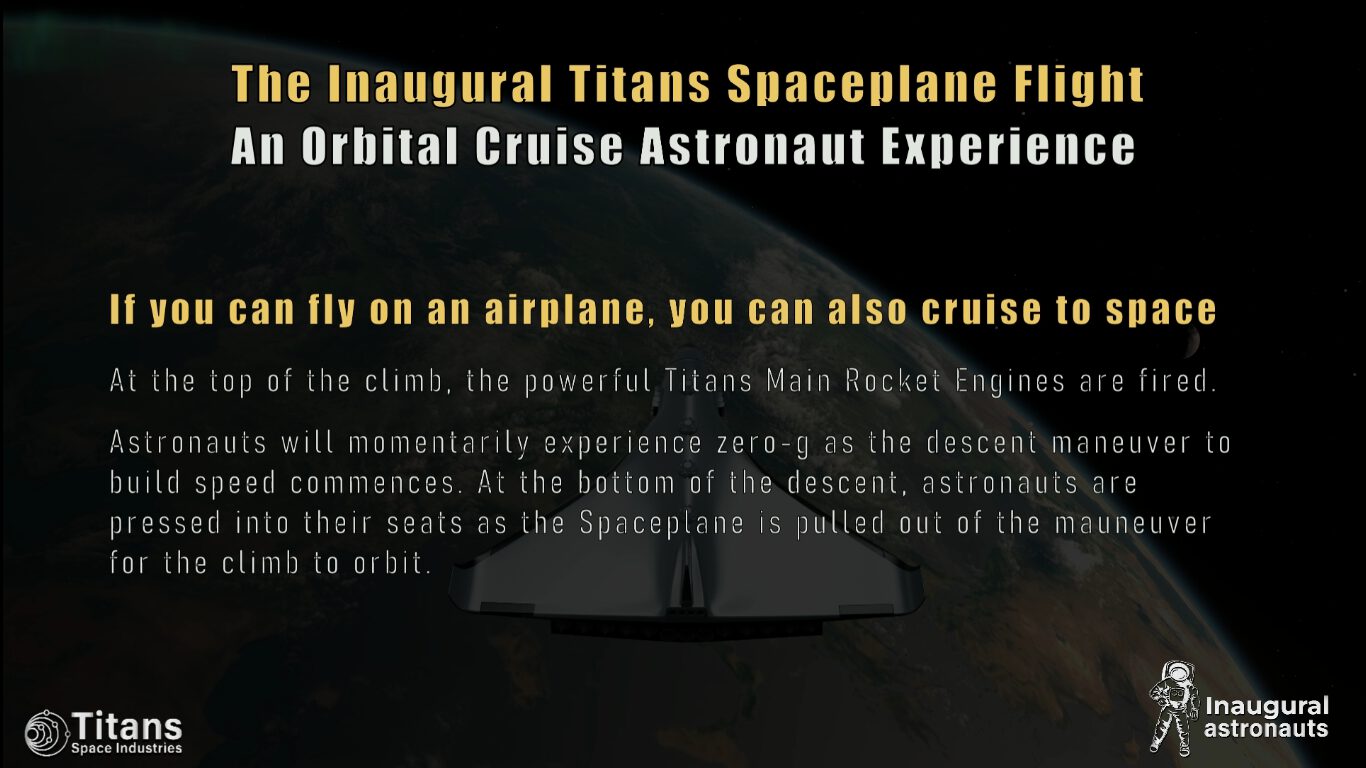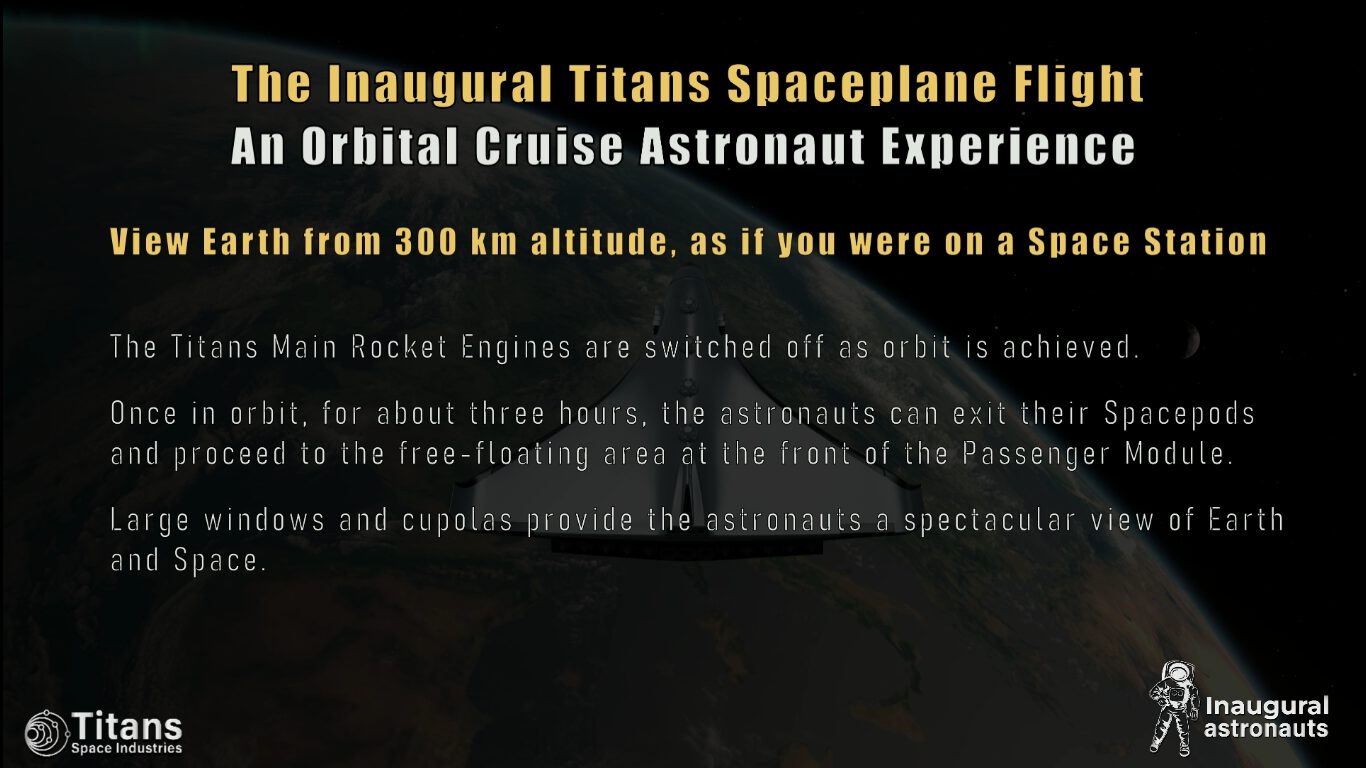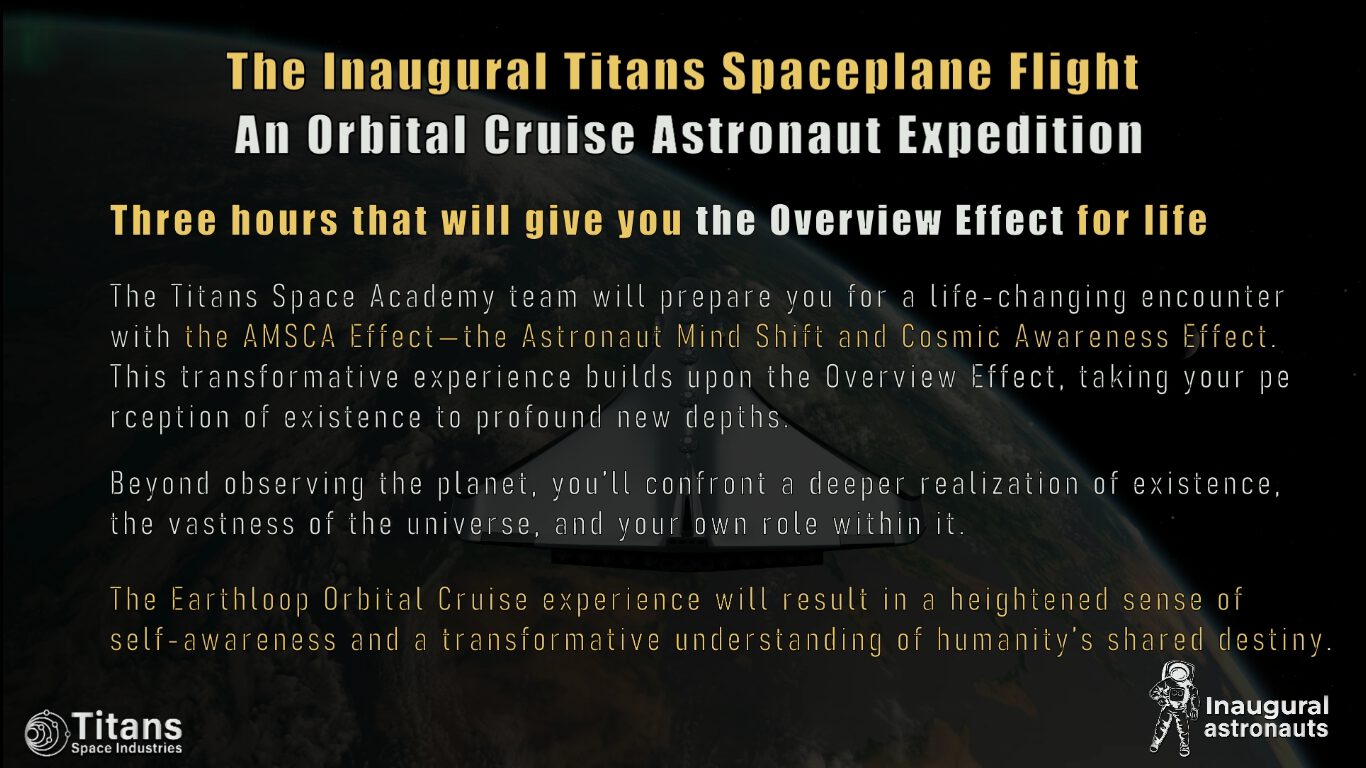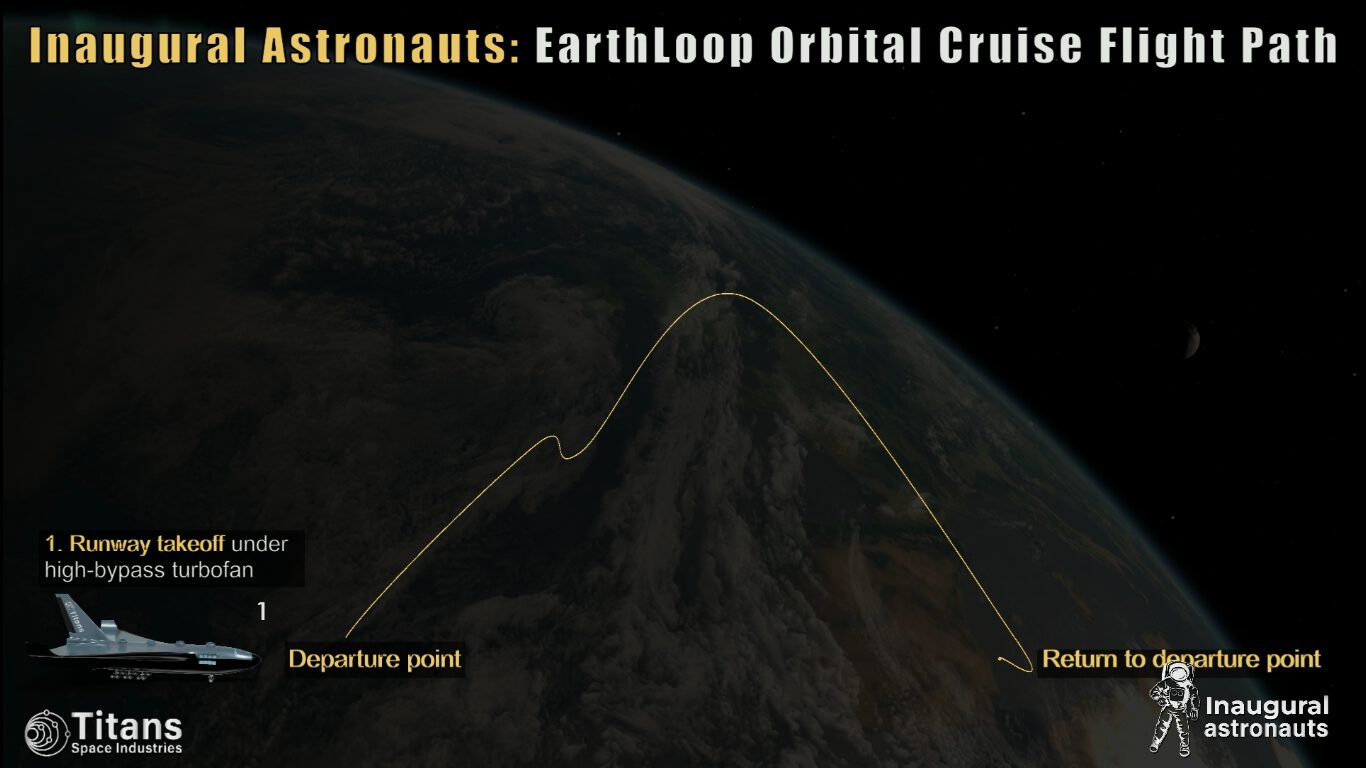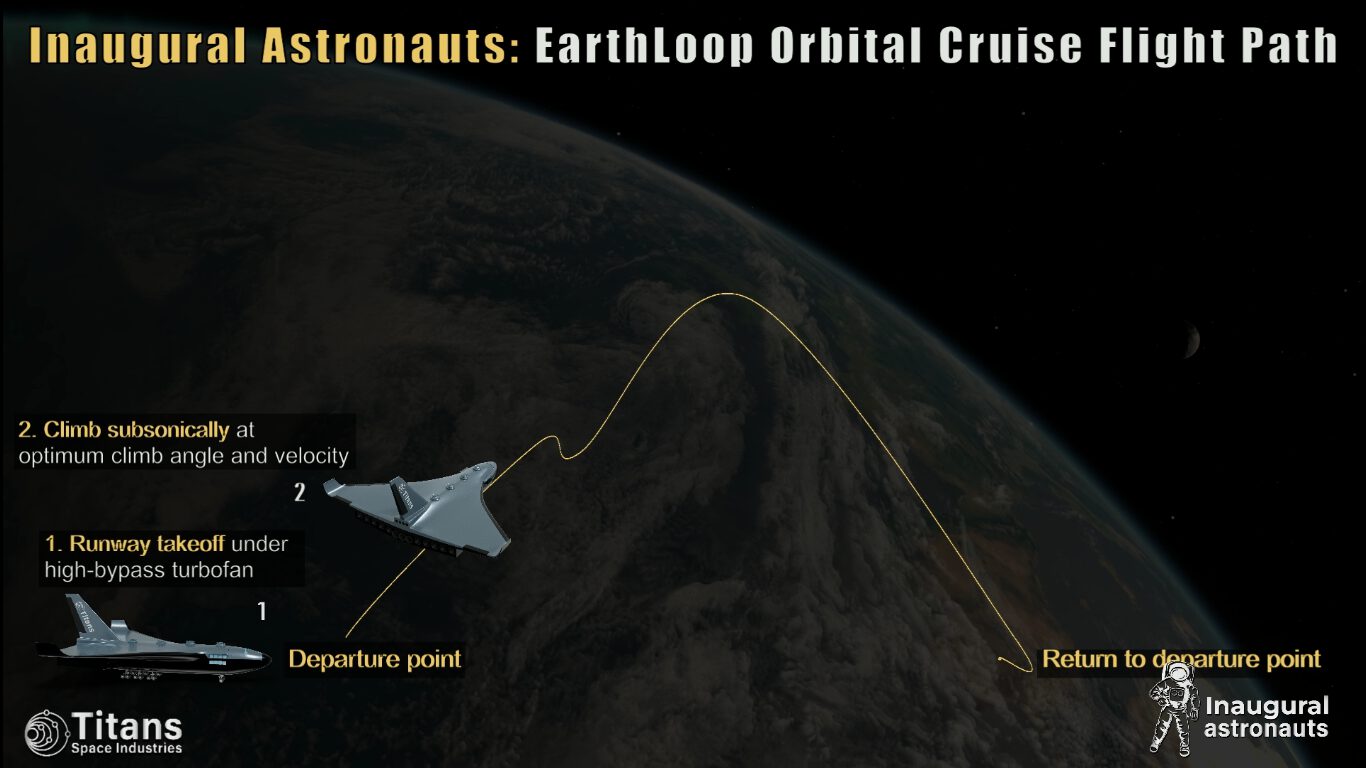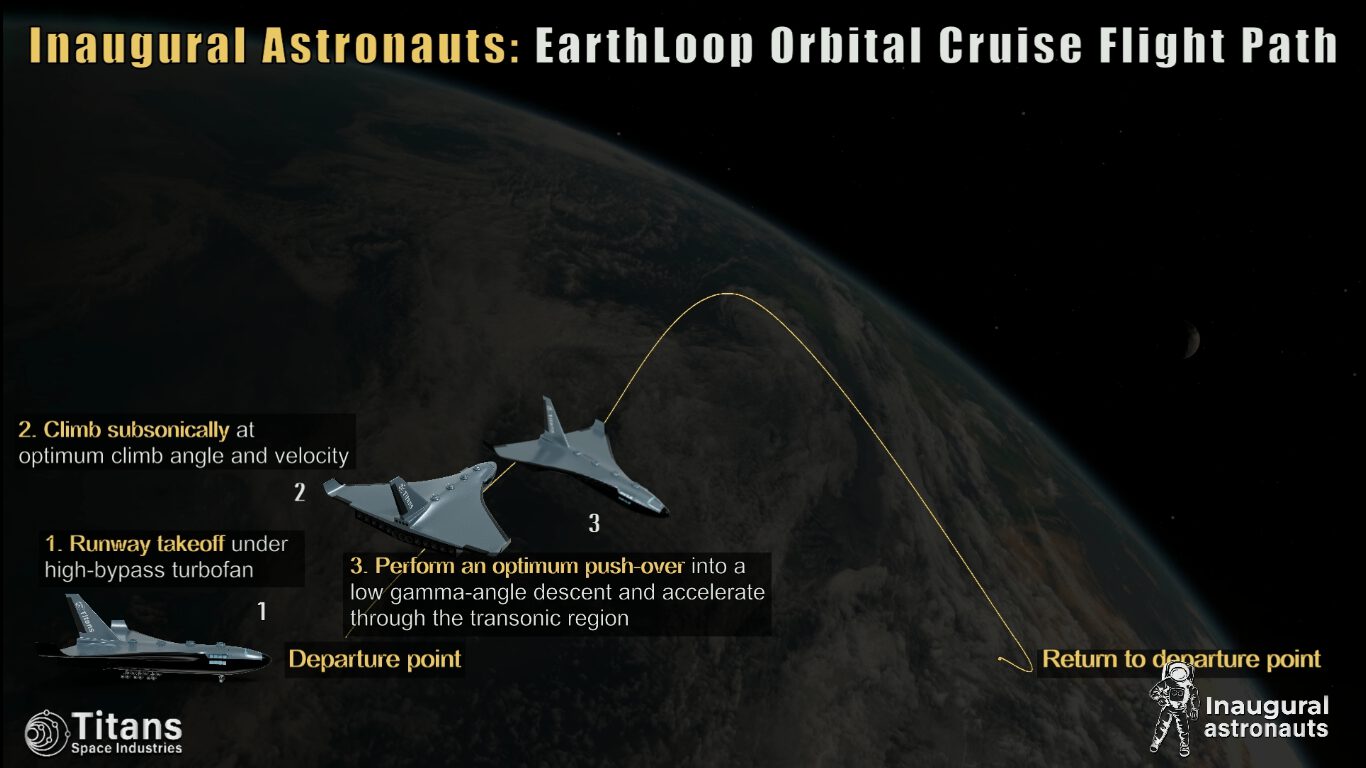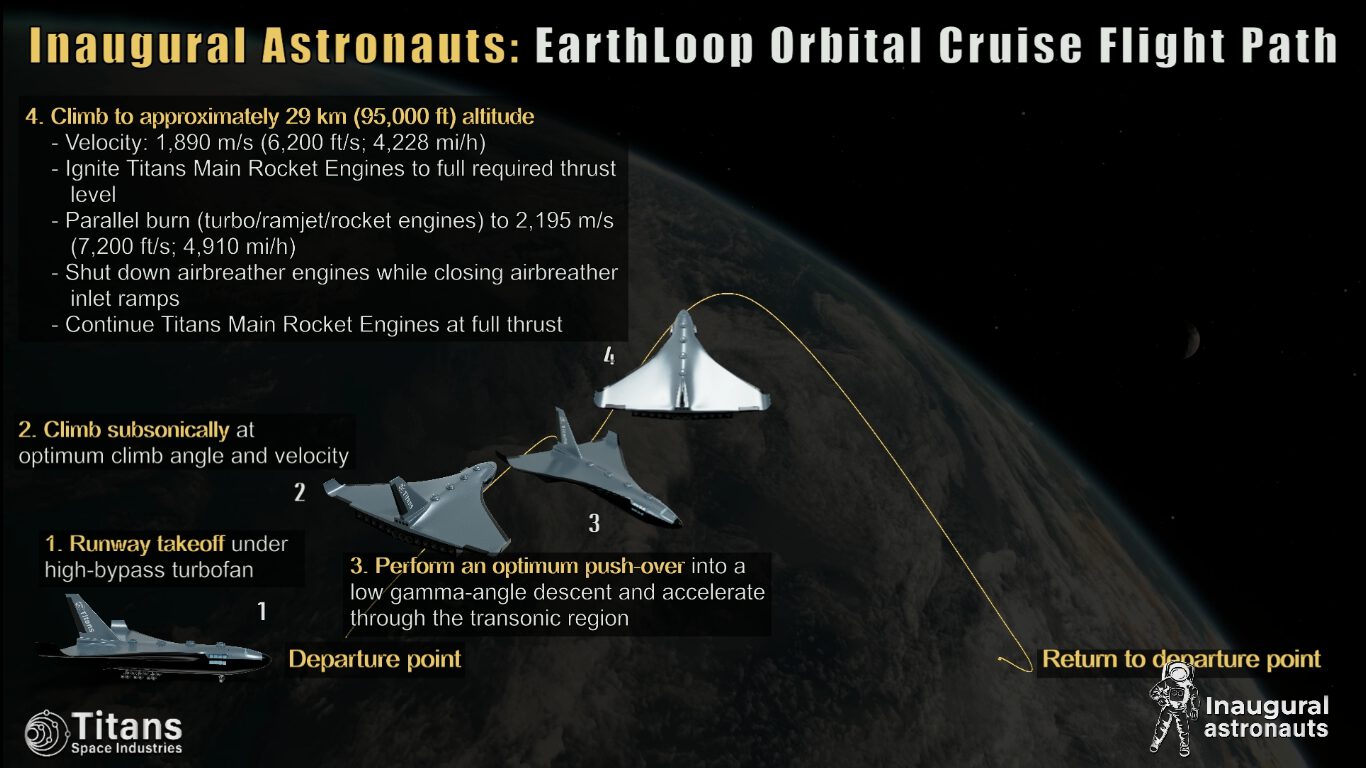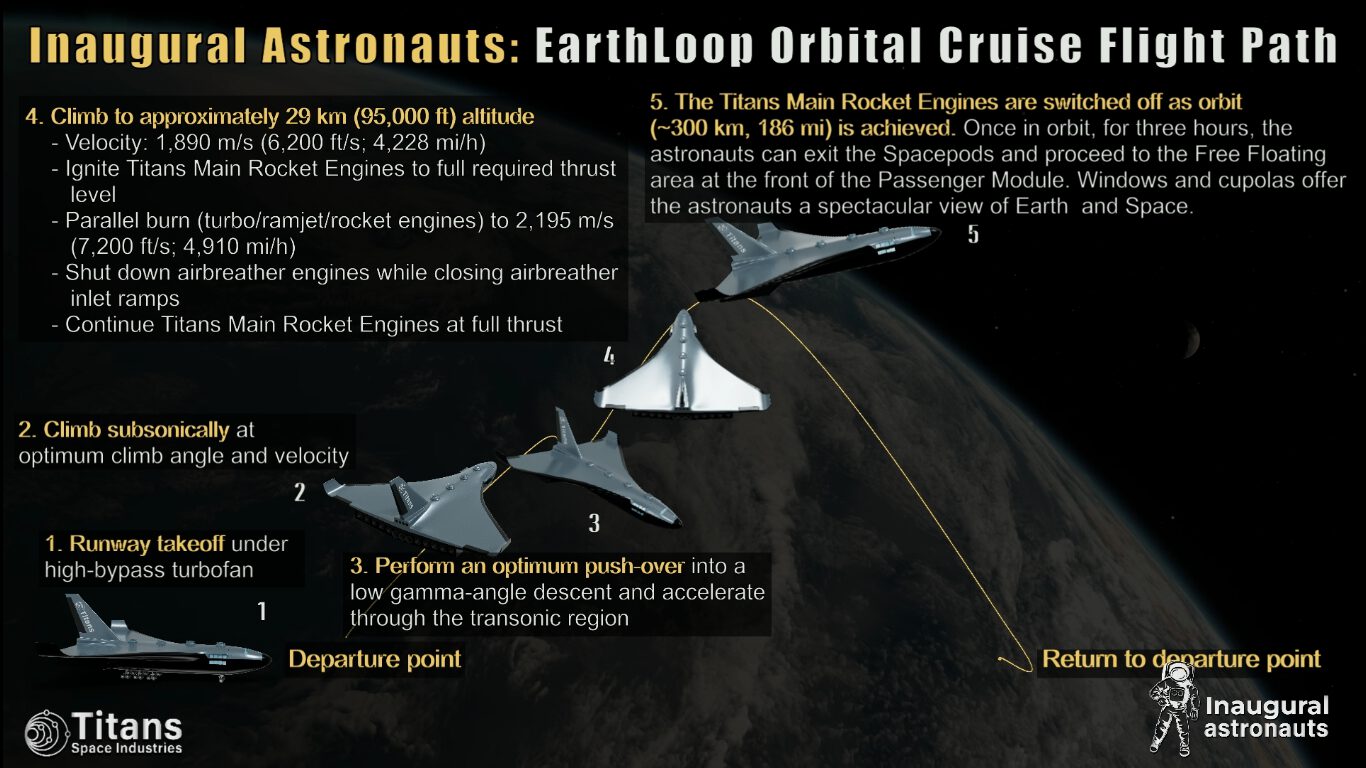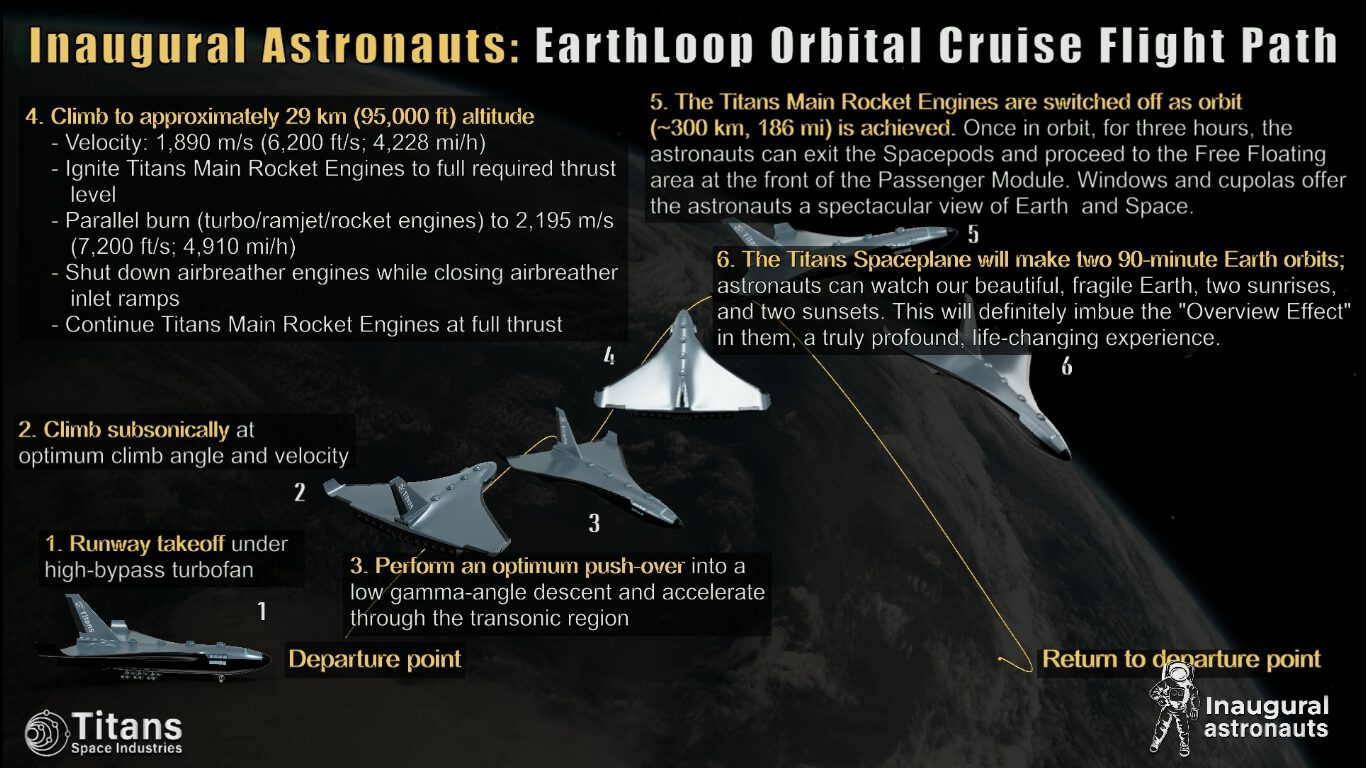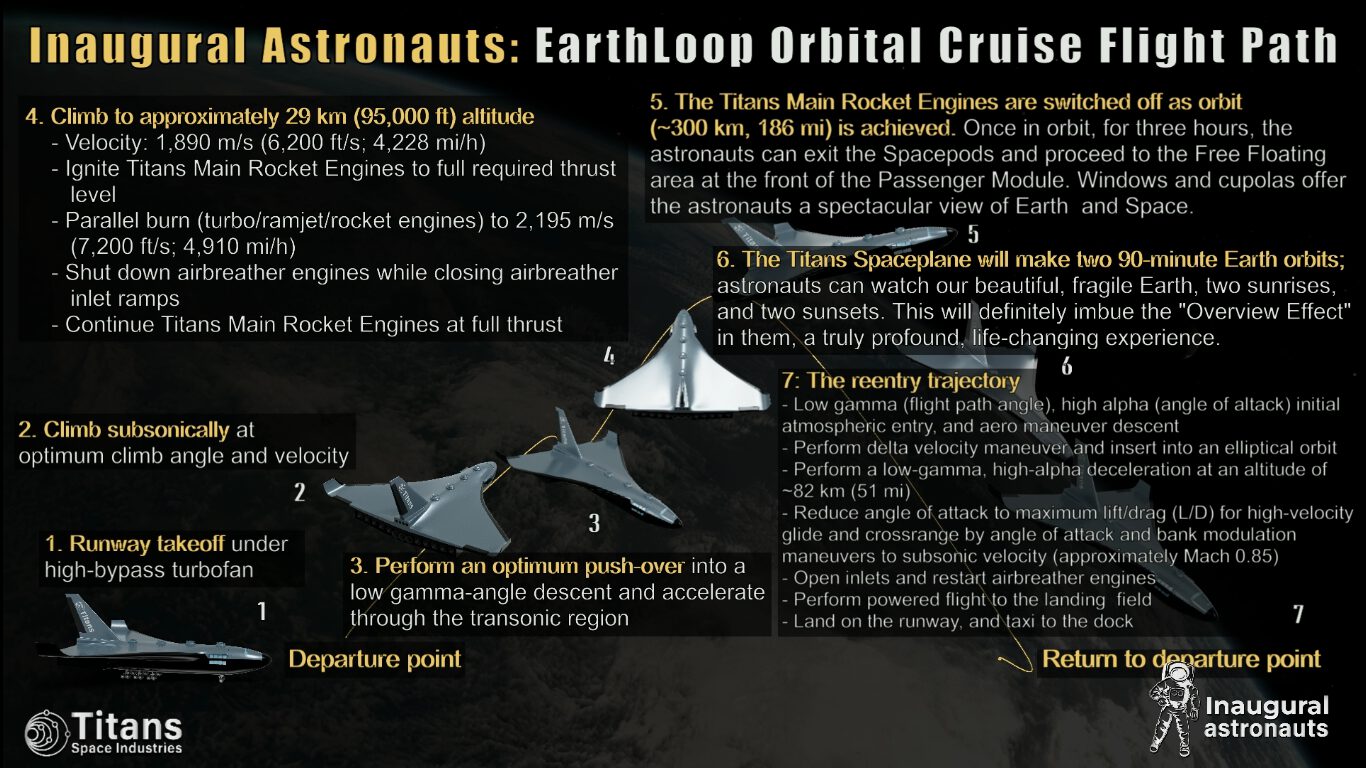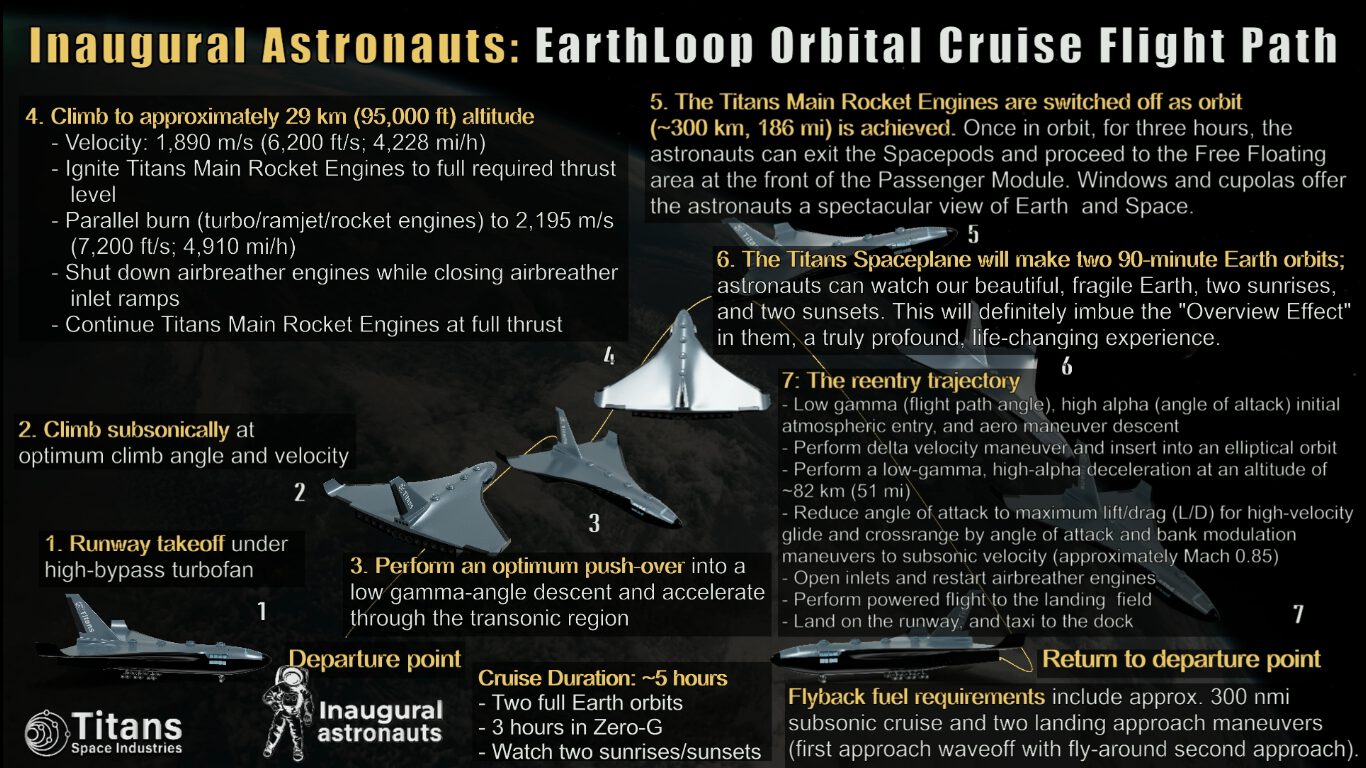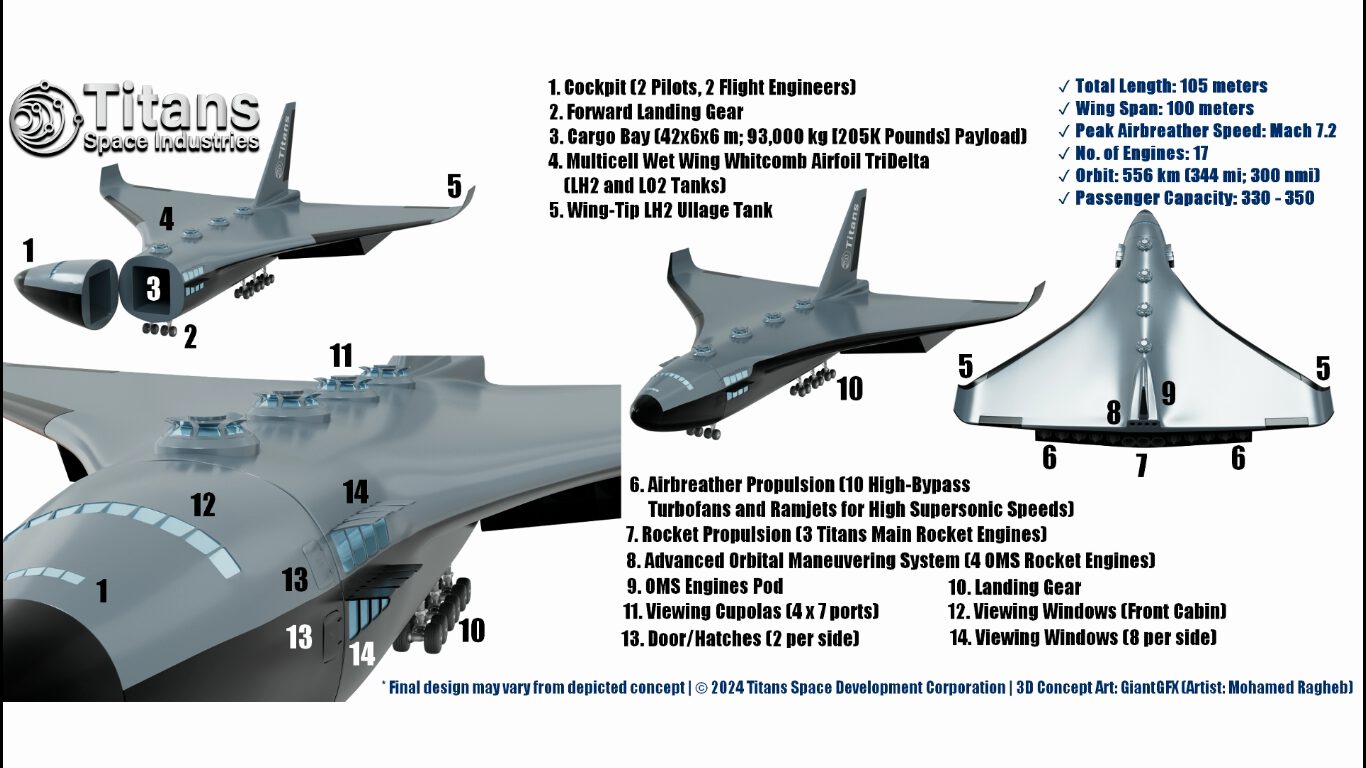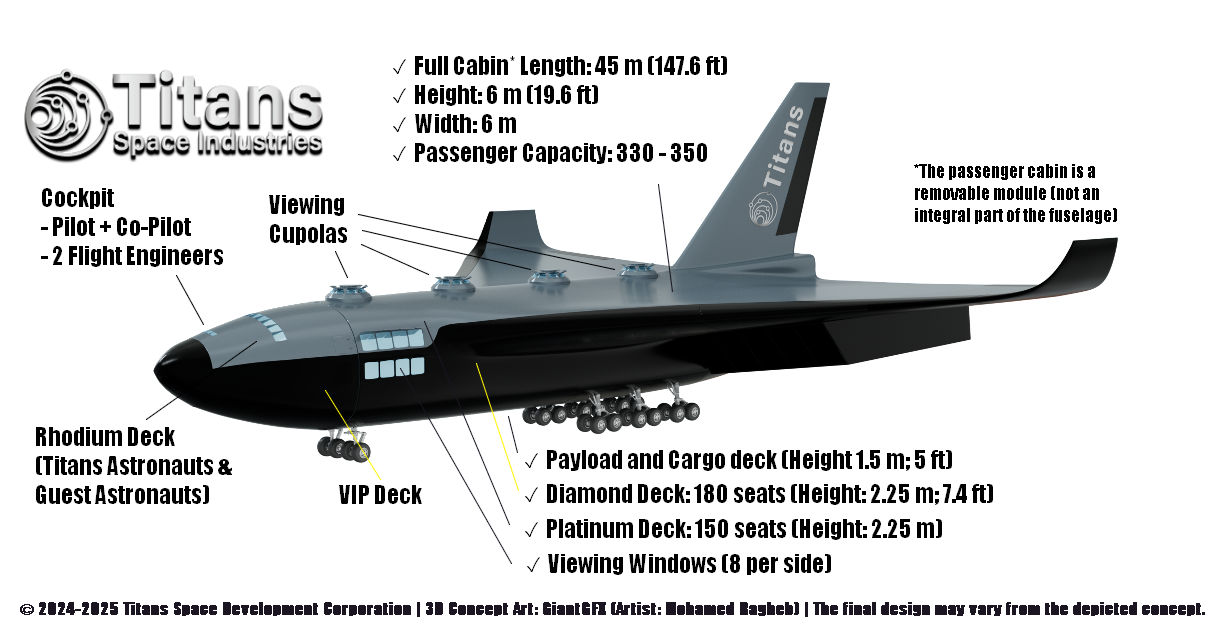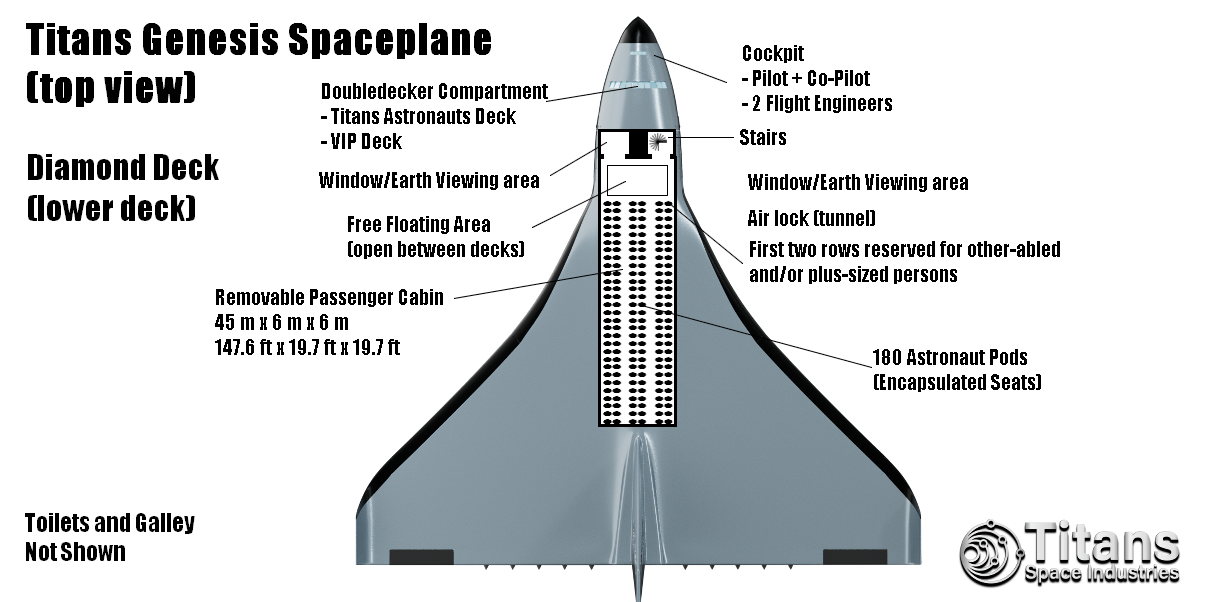Colonel Bill McArthur on Bloomberg News (May 27, 2025)
About Bill McArthur | Commander | Inaugural Titans Spaceplane and Space Station Missions
- A veteran of four spaceflights and a retired U.S. Army Colonel, William S. “Bill” McArthur Jr. has had a distinguished career marked by extensive experience in aviation, engineering, and space exploration. His trajectory took him from the rigorous training environments of the U.S. Army and test pilot school to serving as commander of the International Space Station.
Born on July 26, 1951, in Laurinburg, North Carolina, McArthur’s hometown is Wakulla, North Carolina. He graduated from Red Springs High School in 1969. His pursuit of knowledge and service led him to the United States Military Academy at West Point, where he earned a Bachelor of Science degree in Applied Science and Engineering in 1973. He continued his academic pursuits, obtaining a Master of Science degree in Aerospace Engineering from the Georgia Institute of Technology in 1983.
McArthur’s military career in the U.S. Army was extensive and varied. Following his commissioning in 1973, he served with the 82nd Airborne Division at Fort Bragg, North Carolina. He attended the U.S. Army Aviation School, graduating as the top student in his flight class in 1976 and earning his designation as an Army aviator. His military assignments included serving as an aeroscout team leader and brigade aviation section commander with the 2nd Infantry Division in the Republic of Korea. He later served in the 24th Combat Aviation Battalion in Savannah, Georgia, holding positions as a company commander, platoon leader, and operations officer. After earning his master’s degree, he returned to West Point as an assistant professor in the Department of Mechanics. In 1987, he graduated from the U.S. Naval Test Pilot School and was designated an experimental test pilot. He is also qualified as a Master Army Aviator, accumulating over 9,000 flight hours across 41 different aircraft and spacecraft during his career. He retired from the U.S. Army in 2001.
McArthur’s long and impactful association with NASA began in August 1987 when he was assigned to the Johnson Space Center as a Space Shuttle vehicle integration test engineer. In this role, he was involved in the engineering liaison for Space Shuttle launch and landing operations and played a part in the integrated testing of the flight control system.
His dedication and expertise led to his selection as a NASA astronaut candidate in January 1990; he officially became an astronaut in July 1991. As an astronaut, McArthur contributed to several crucial areas within the Astronaut Office, including work on the solid rocket booster. He served as Chief of the Astronaut Office Flight Support Branch, overseeing astronaut support for Mission Control Center and launch and landing operations. He also held the position of Director of Operations, Russia, where he was responsible for overseeing astronaut training activities in Star City. Later, he served as Chief of the Astronaut Office Space Station branch.
McArthur’s spaceflight experience is significant. He flew on three Space Shuttle missions as a mission specialist:
• STS-58 (1993): A Spacelab mission focused on human physiological adaptation to spaceflight.
• STS-74 (1995): A mission to rendezvous with the Russian space station Mir, delivering a docking module.
• STS-92 (2000): An ISS assembly mission that delivered a truss segment and a mating adapter, critical components for the nascent station.
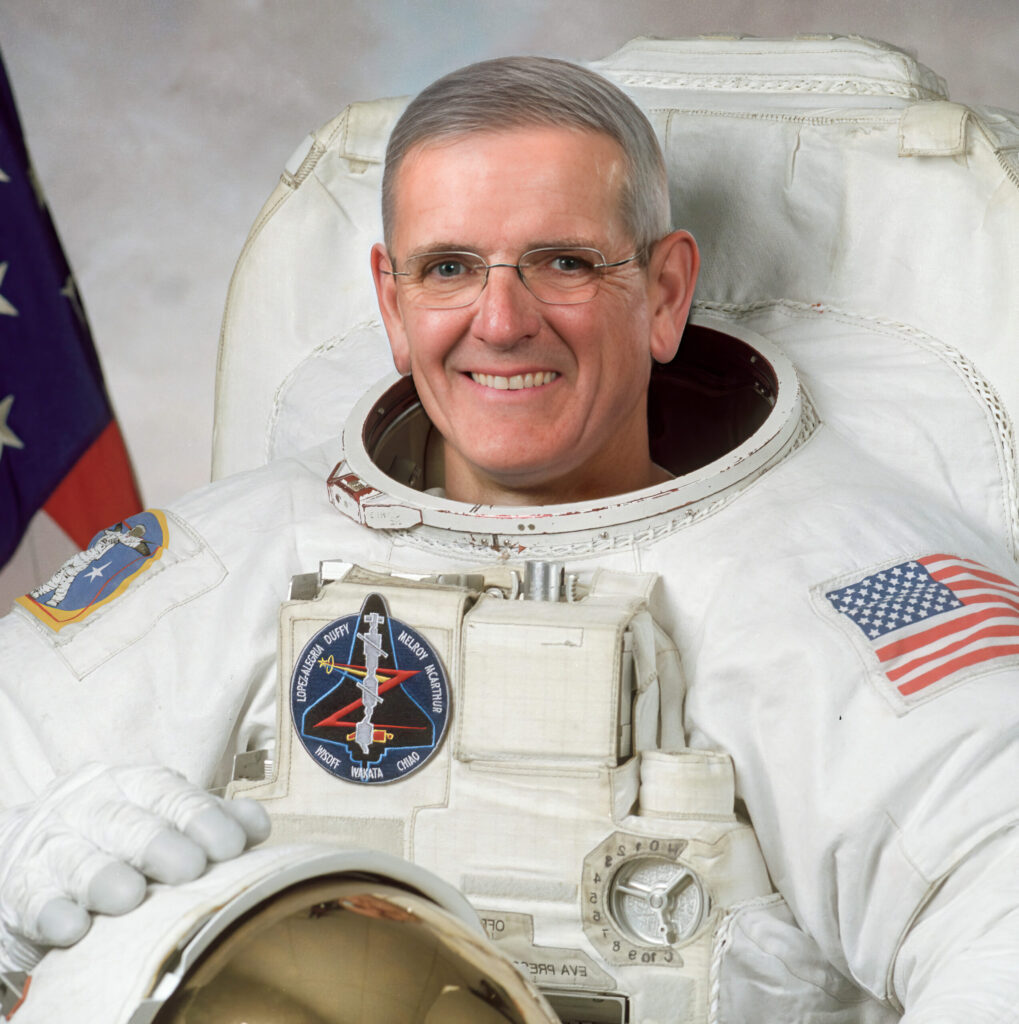
McArthur conducted a total of four spacewalks during his Space Shuttle missions and his time on the ISS, accumulating over 24 hours of EVA time. His most notable mission was as the commander of Expedition 12 aboard the International Space Station. Launched on September 30, 2005, on a Soyuz spacecraft, he and his crewmate spent six months on the orbiting laboratory until April 8, 2006. As commander, he was responsible for the safety and operations of the station. He also served as the ISS science officer during this expedition, overseeing the scientific research being conducted. Expedition 12 was notable for being the first time a two-person crew conducted spacewalks in both U.S. and Russian spacesuits and the first ISS crew to dock at every Russian docking port.
Following his final spaceflight, McArthur continued to serve NASA in key leadership roles. He managed the Space Shuttle Safety and Mission Assurance Office and the Space Shuttle Orbiter Project. From 2011 until his retirement from NASA in June 2017, he served as the Director of the Safety and Mission Assurance directorate at the Johnson Space Center.
Bill McArthur is married to Cynthia Kathryn Lovin, and they have two daughters and four grandchildren. His personal interests include biking, photography, and working with personal computers. Throughout his career, Bill McArthur has demonstrated a strong commitment to service, exploration, and the advancement of human knowledge in space.
